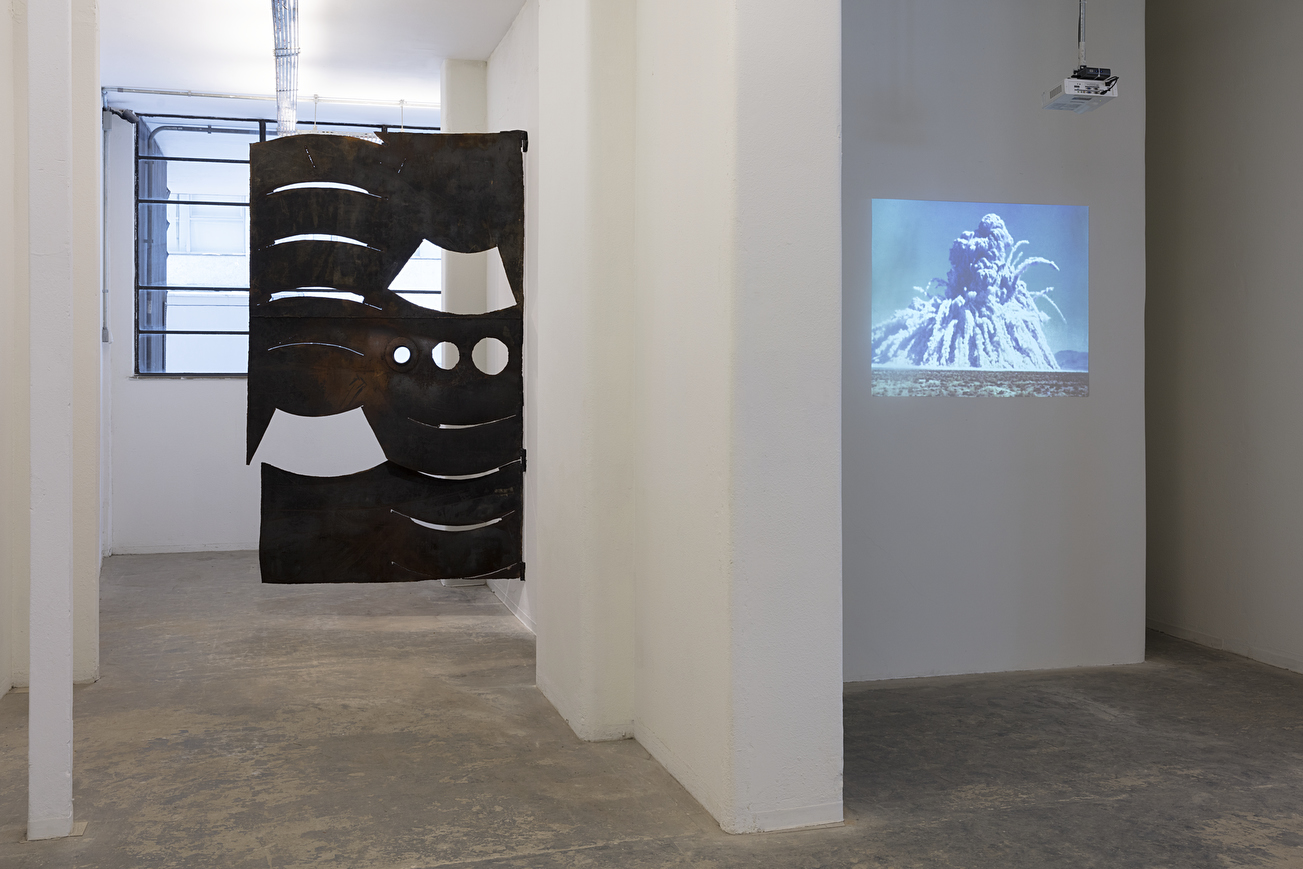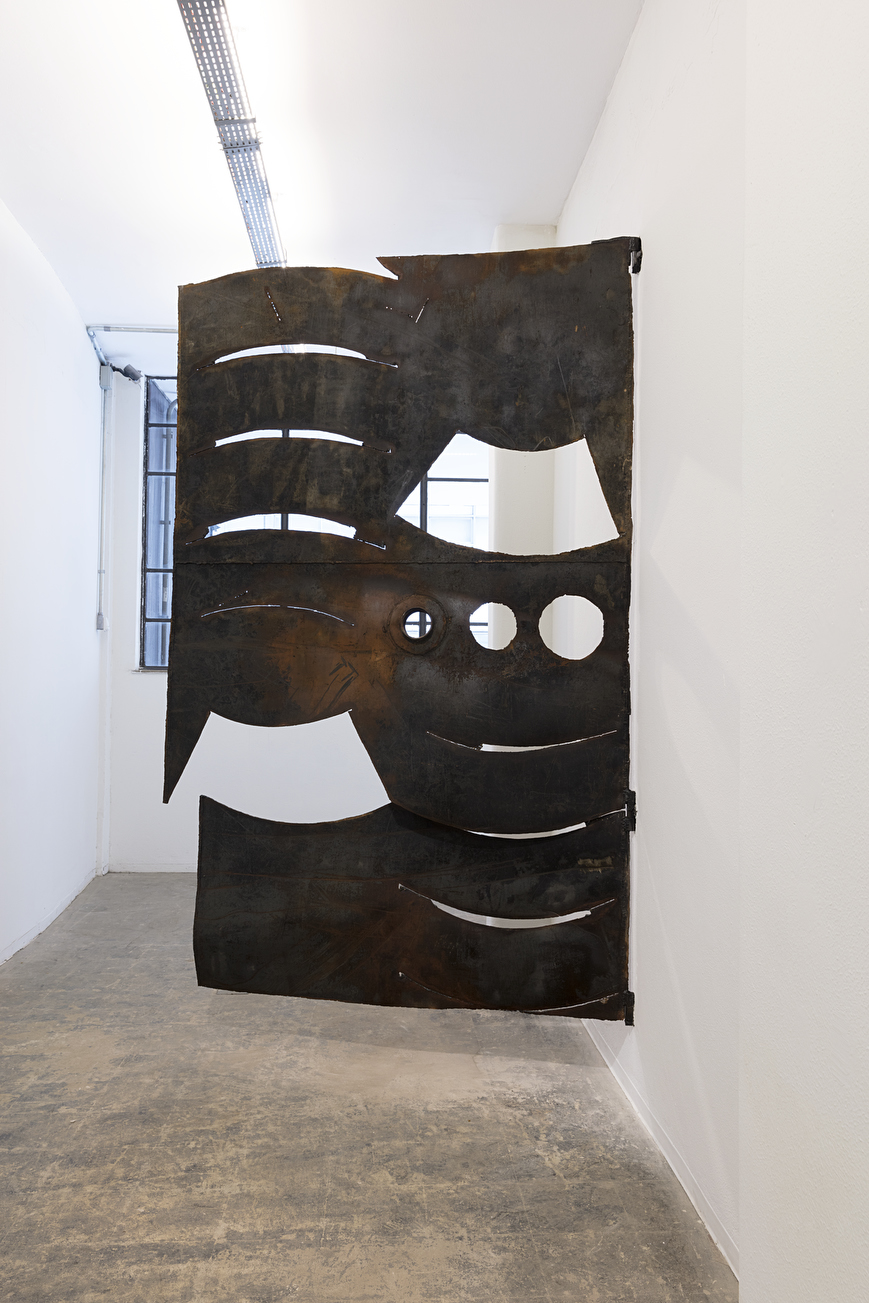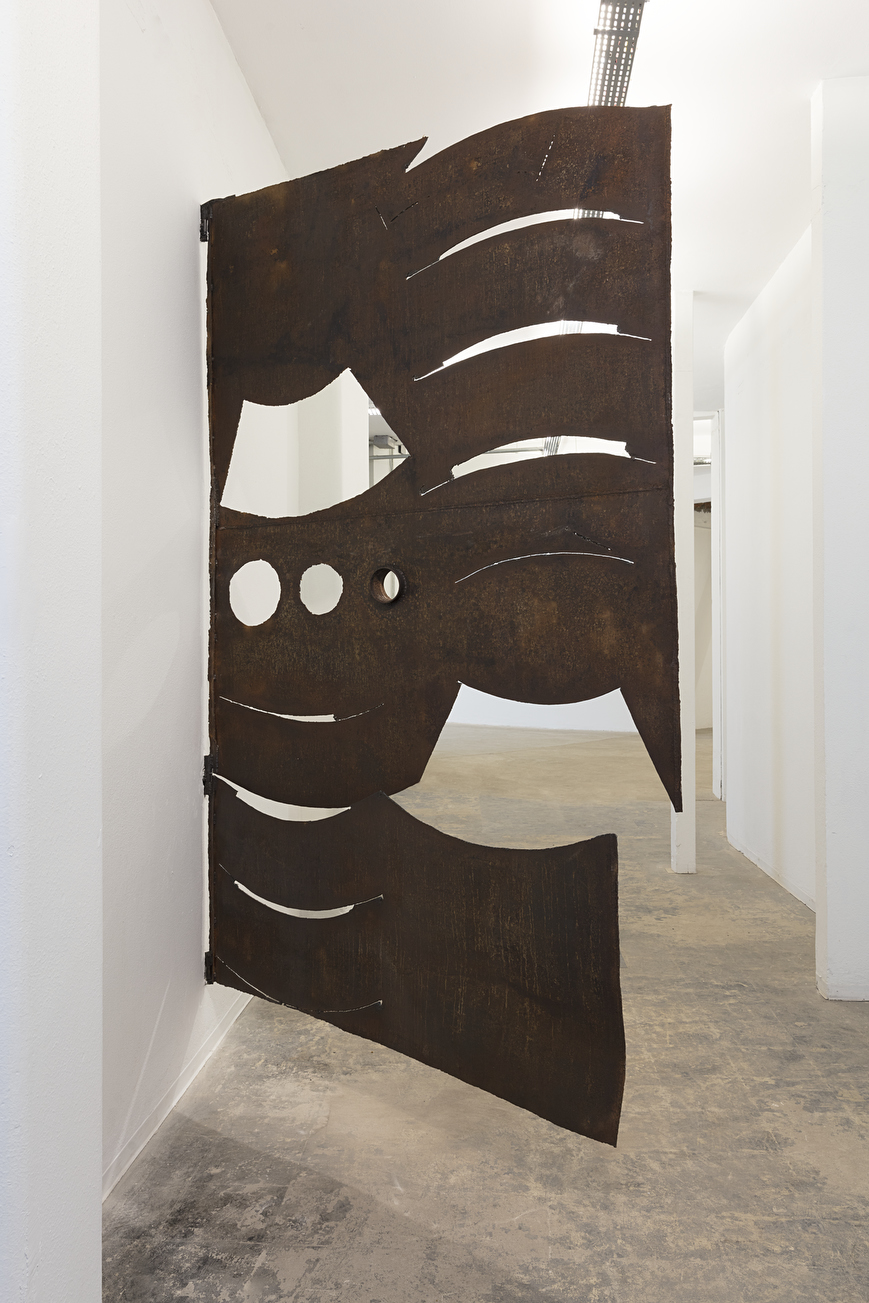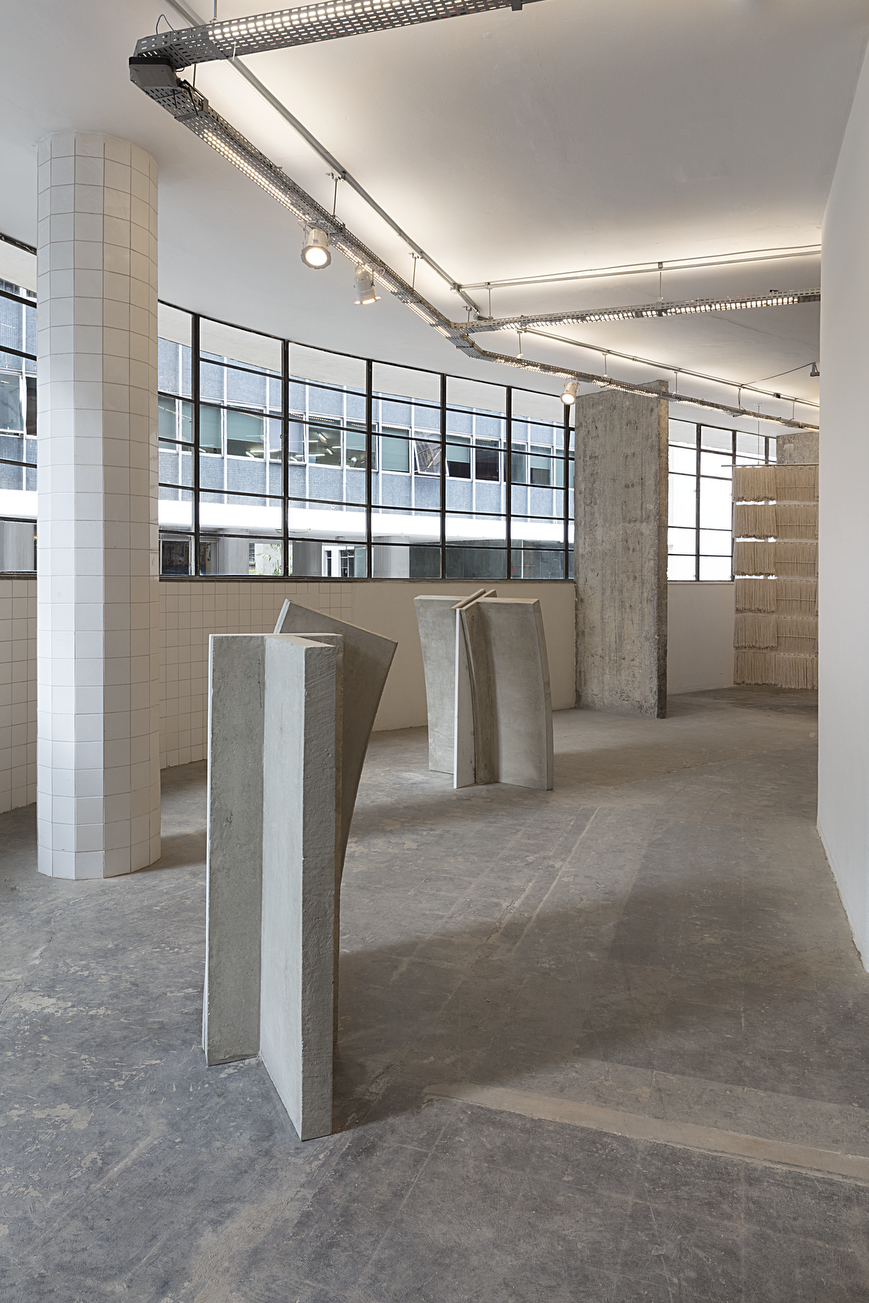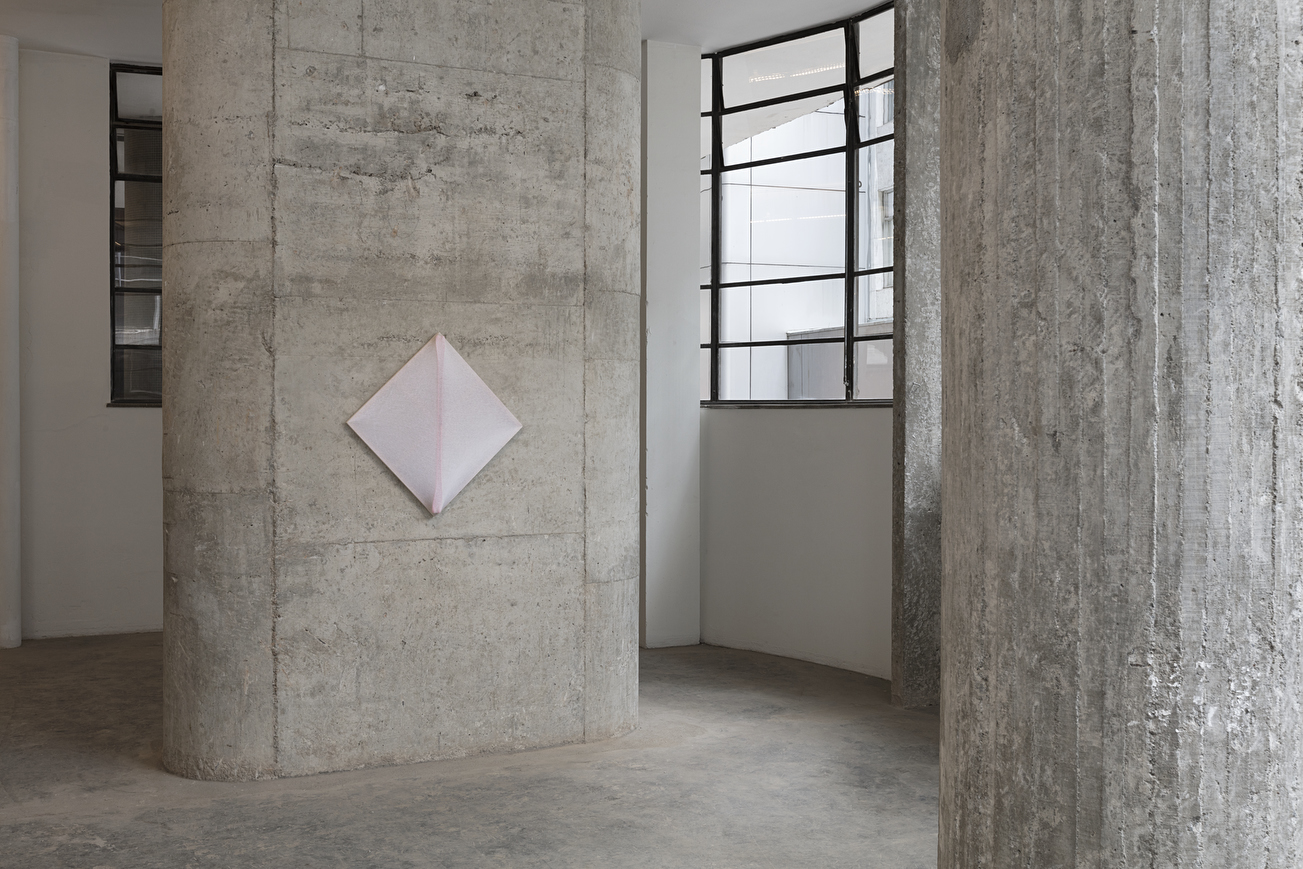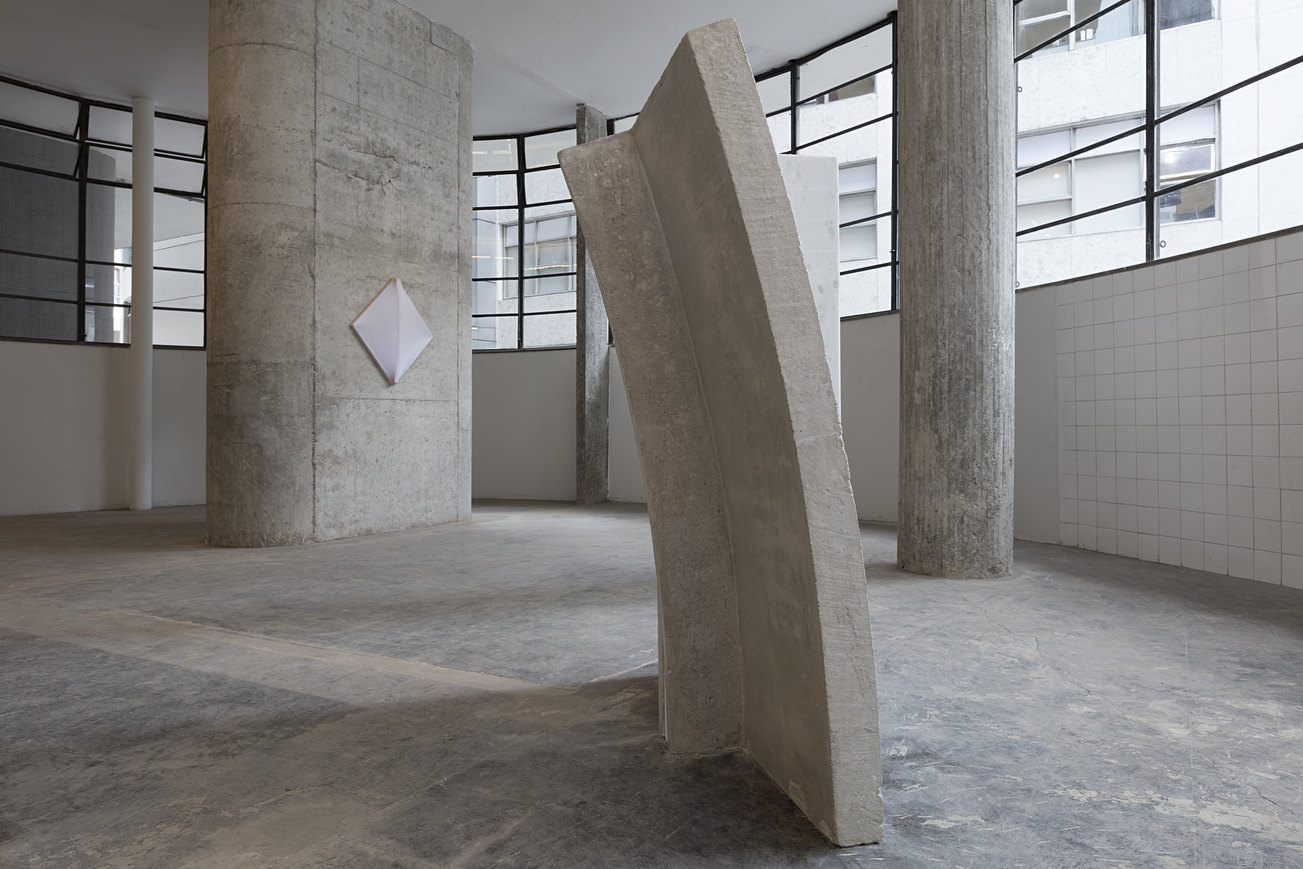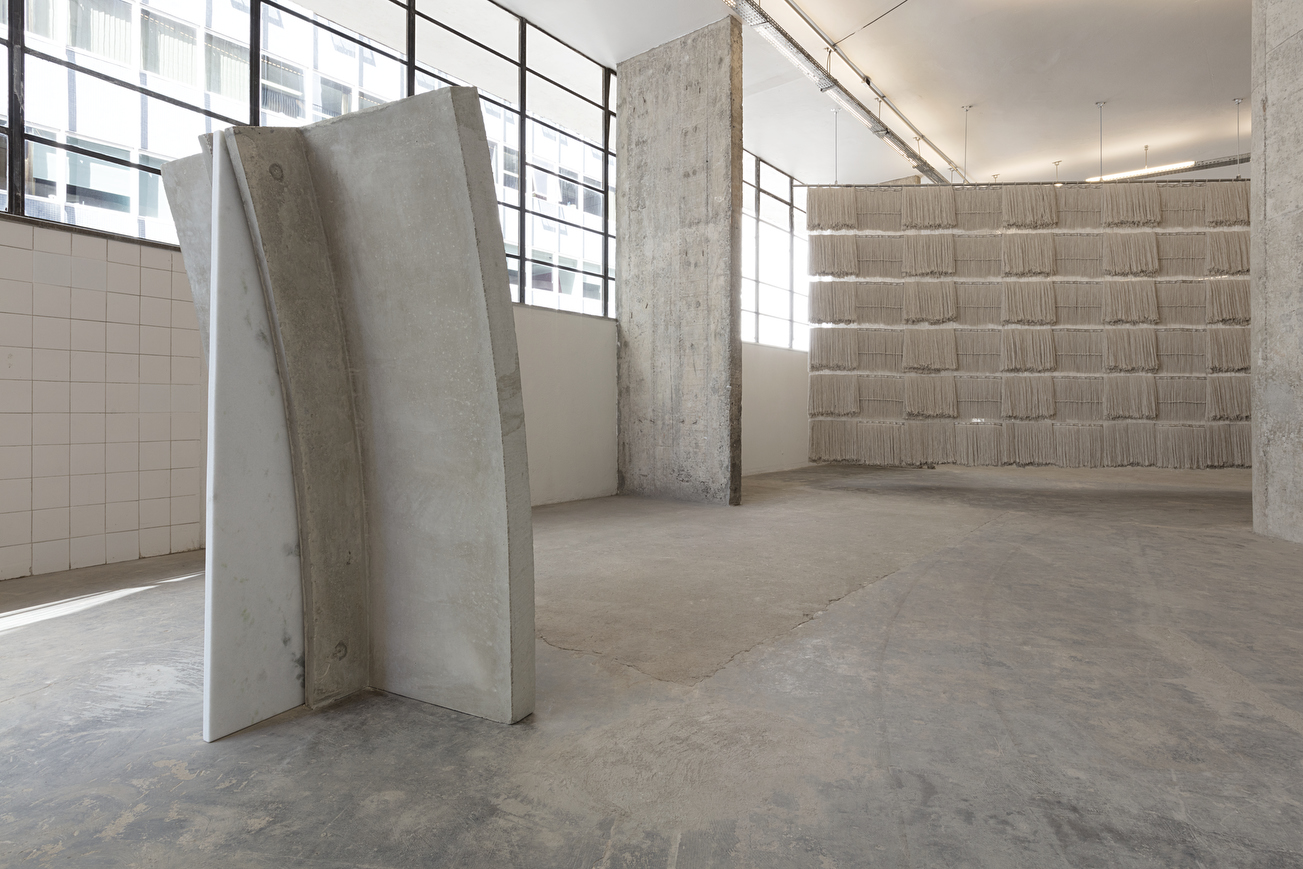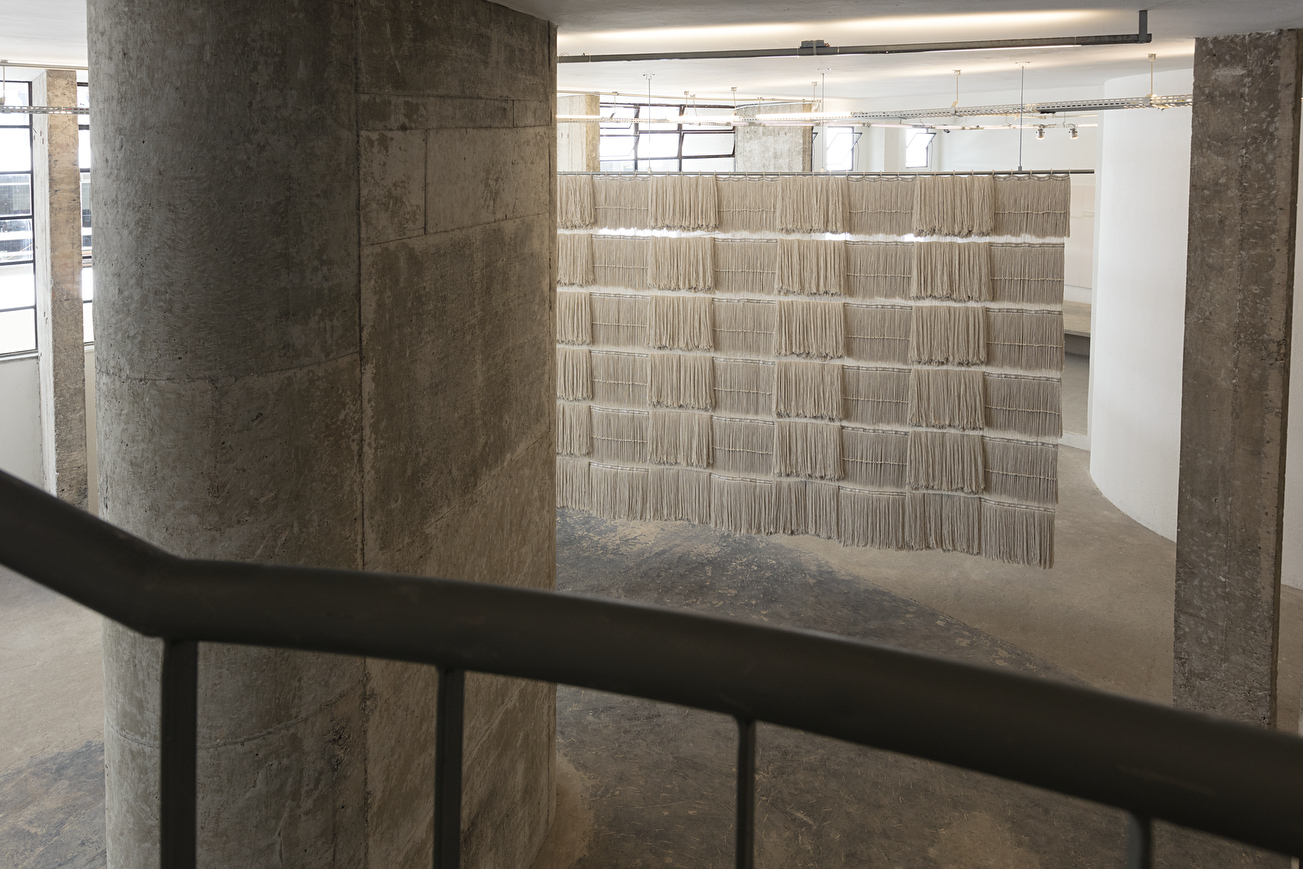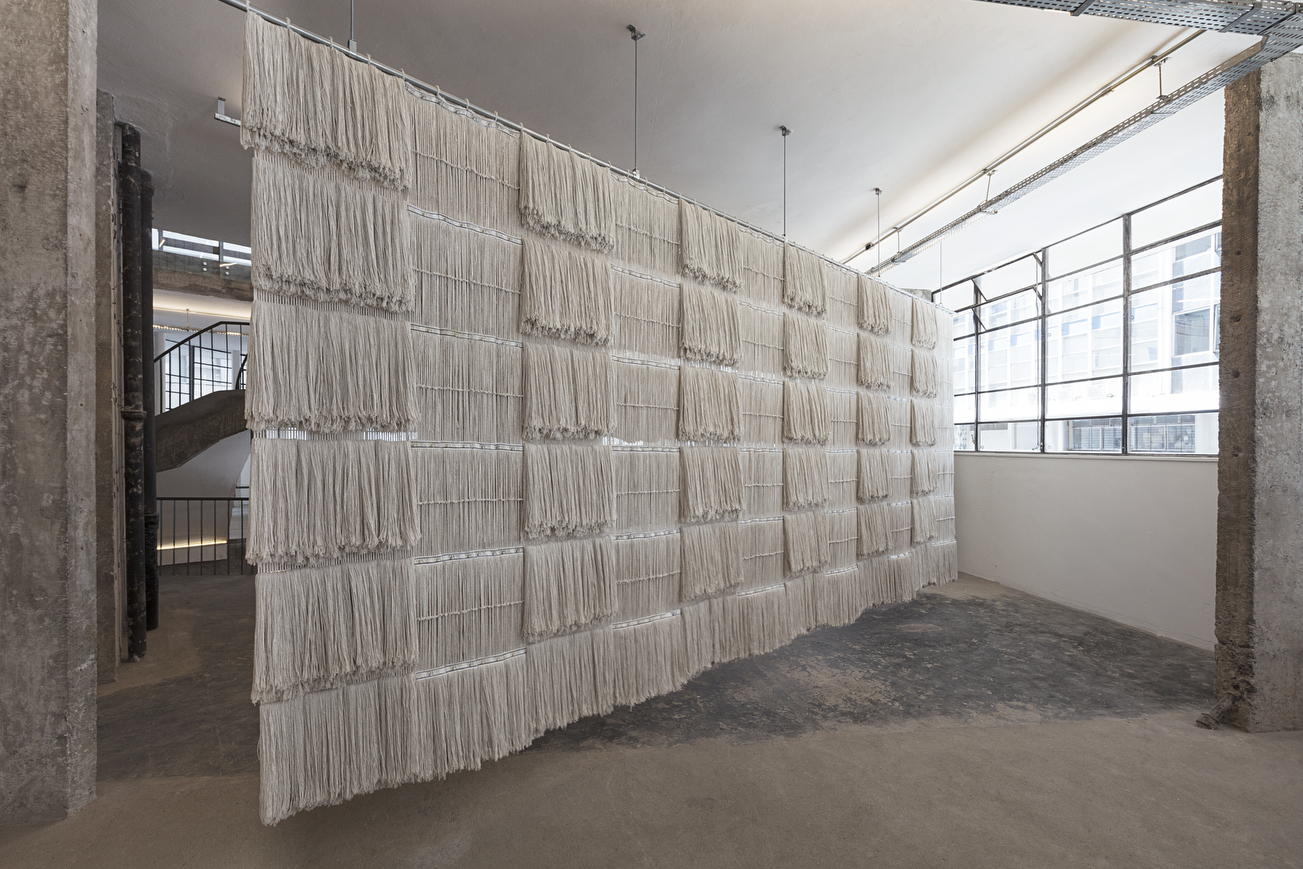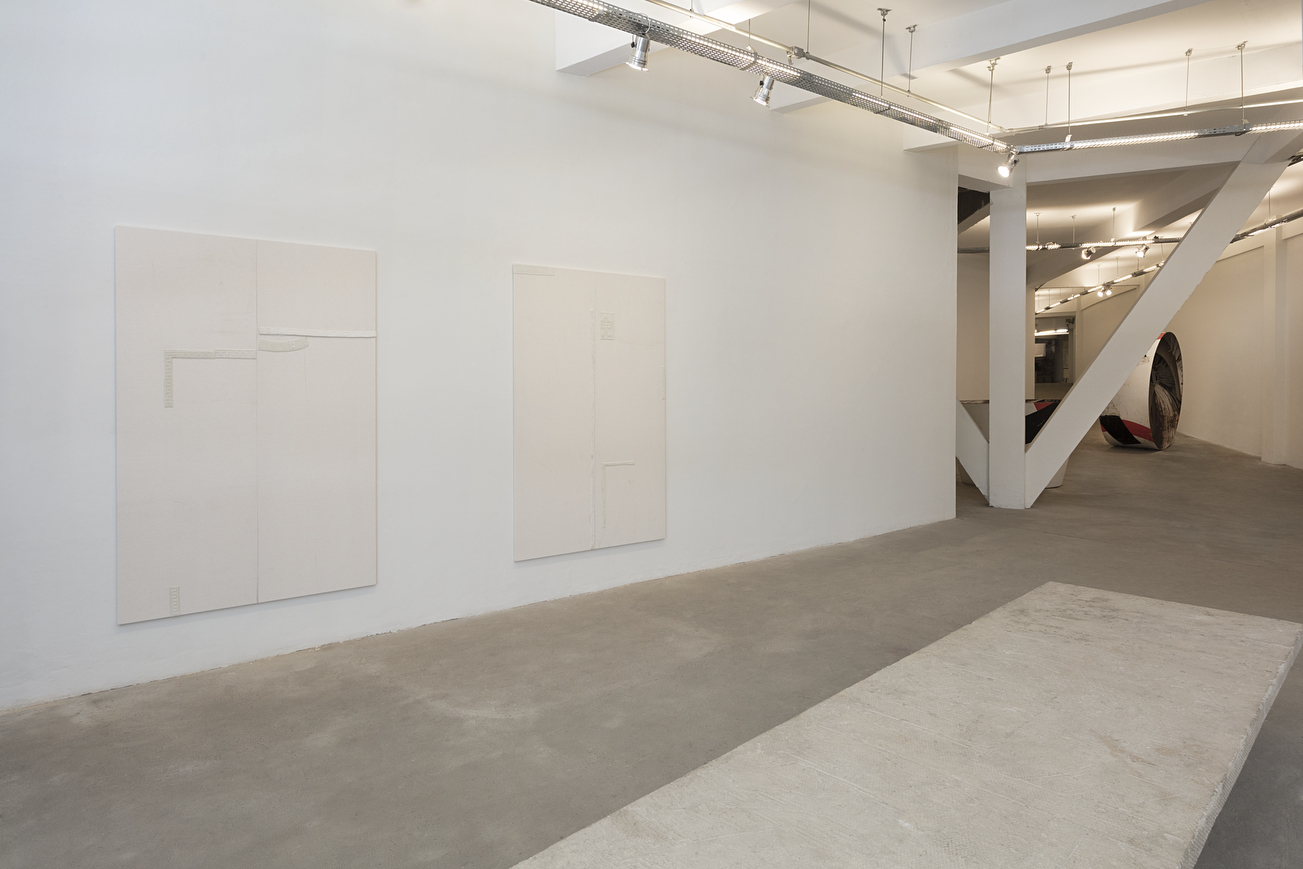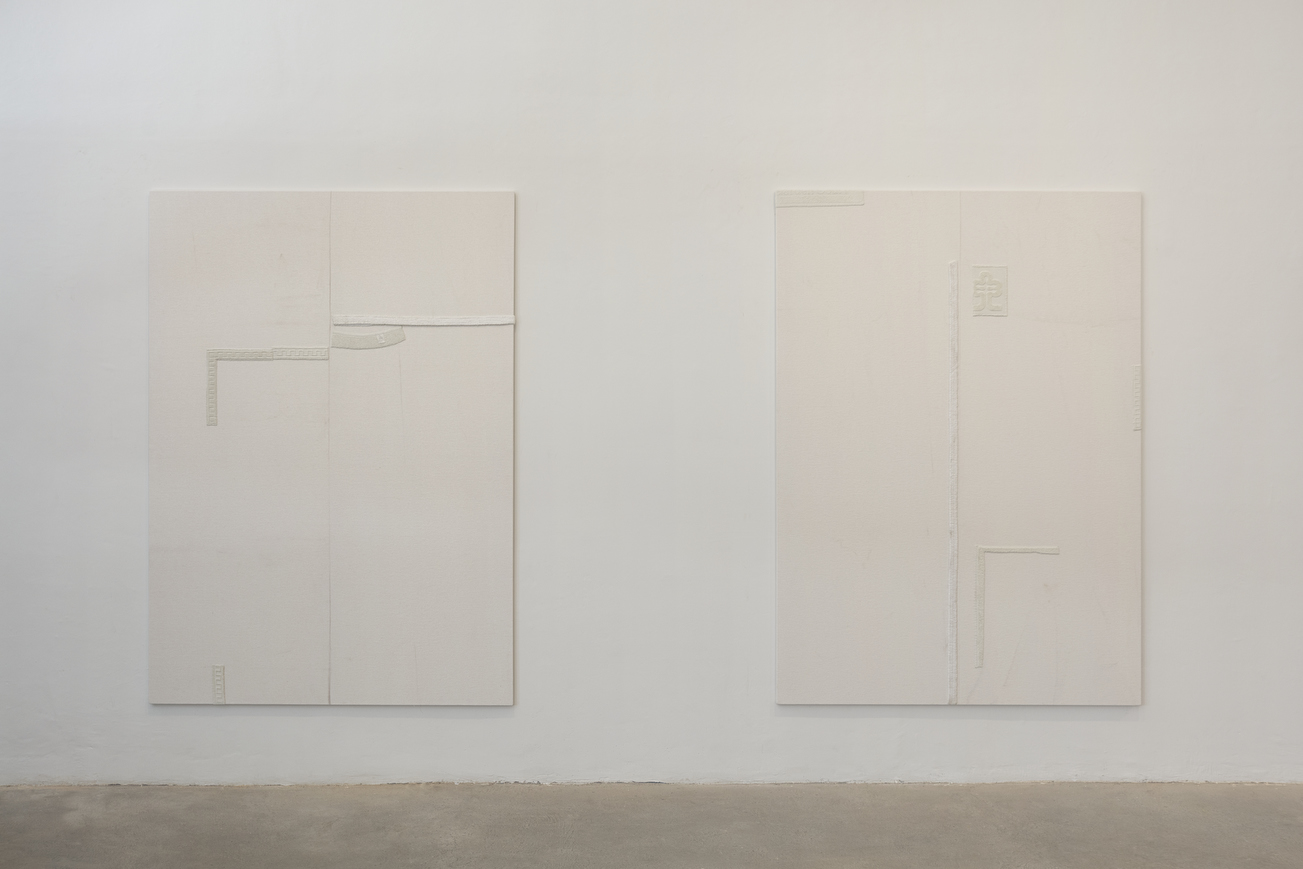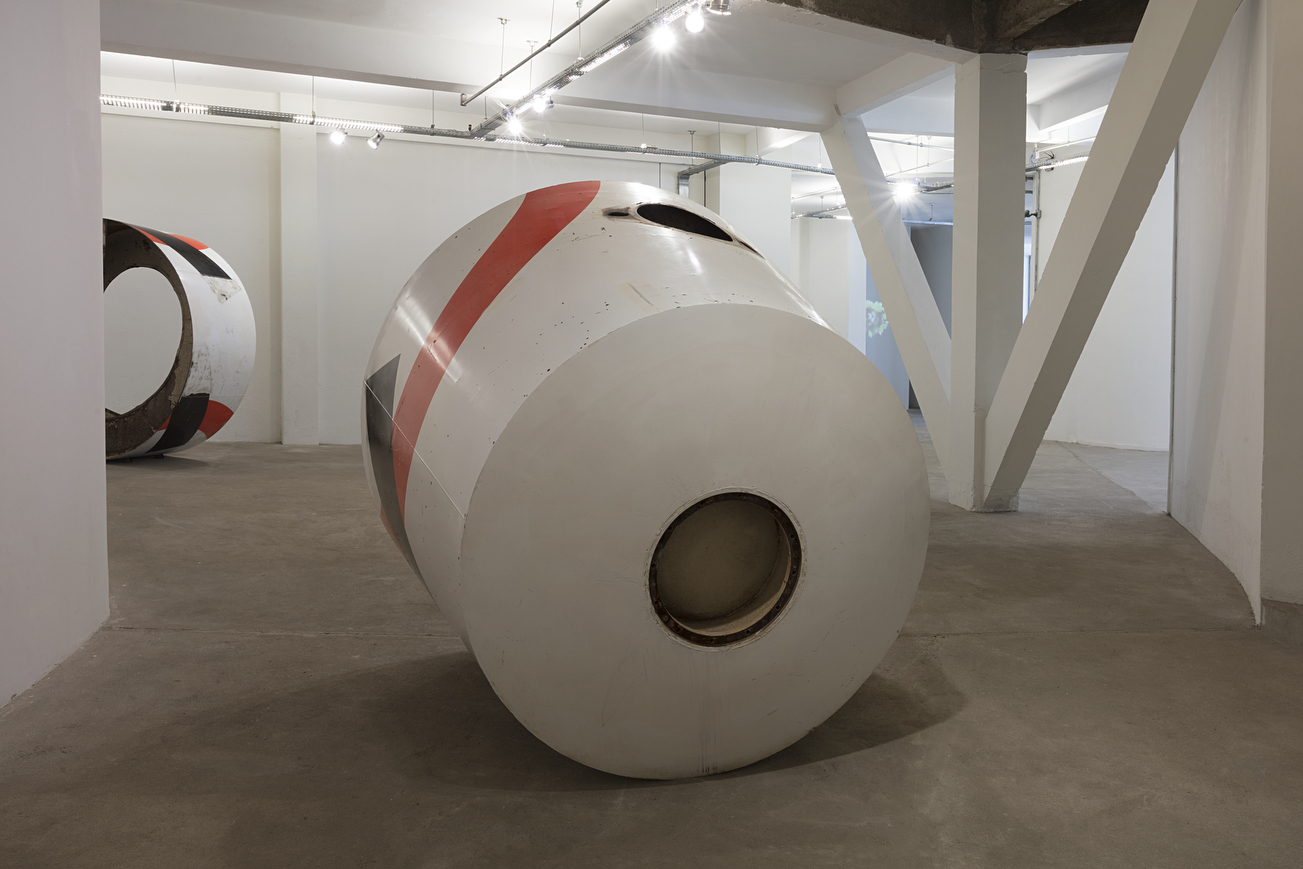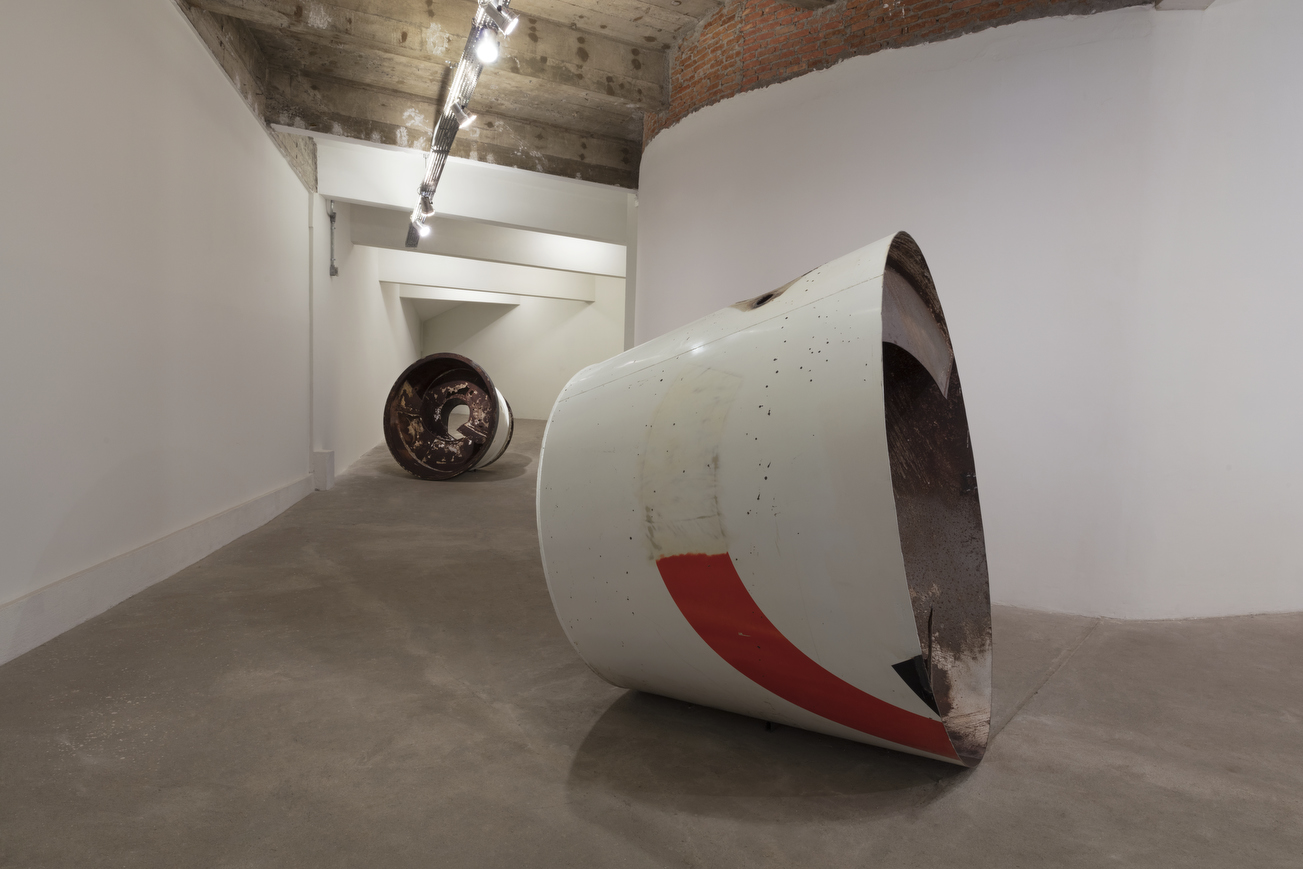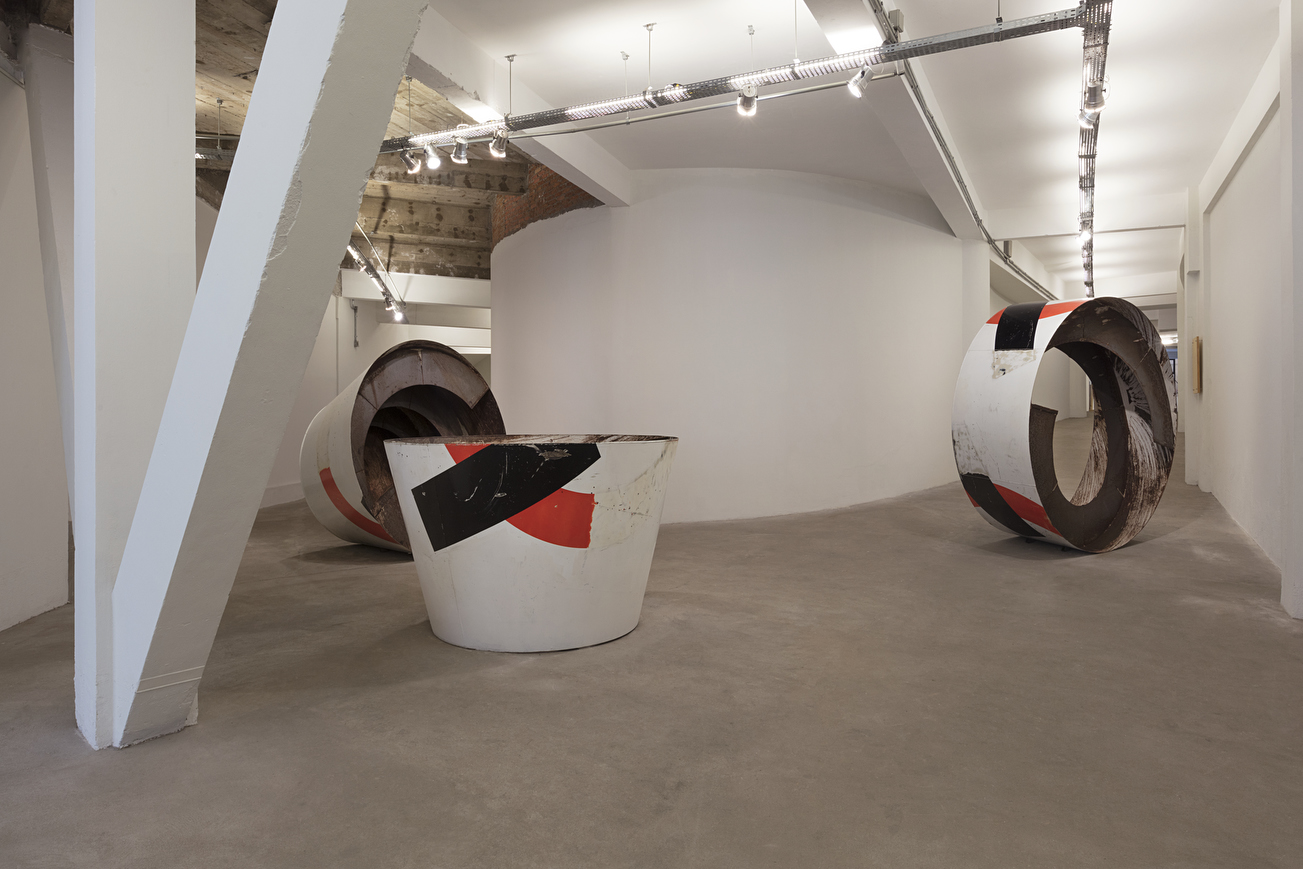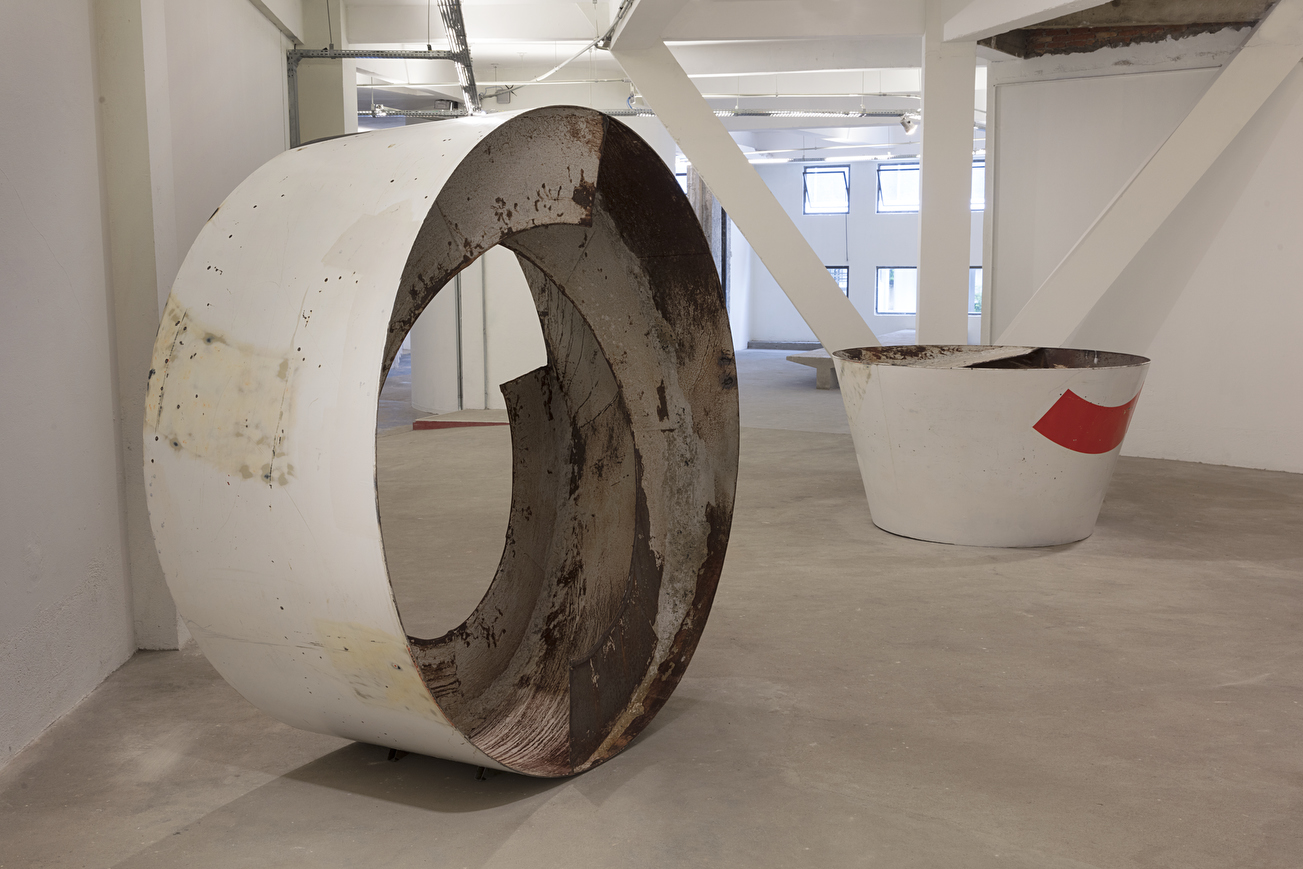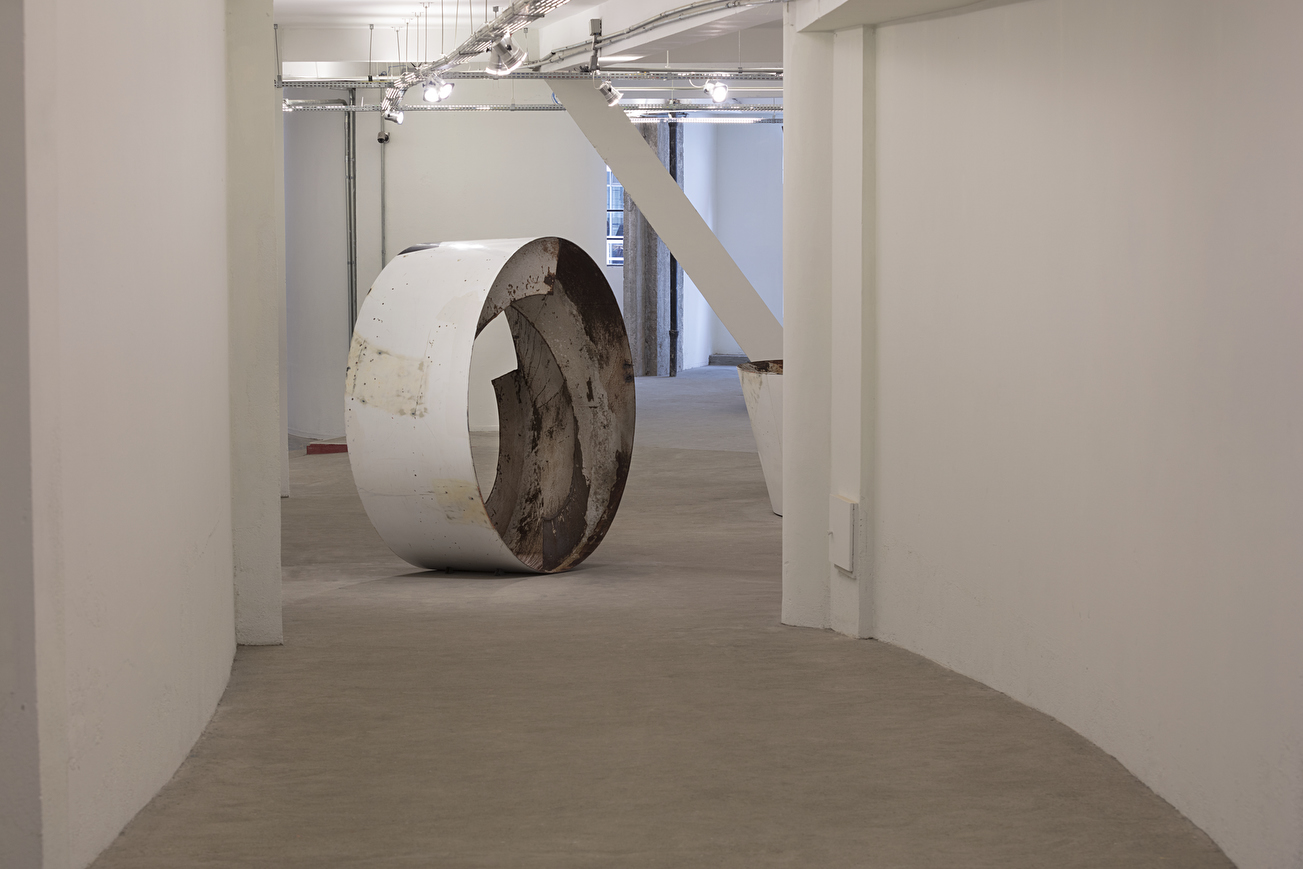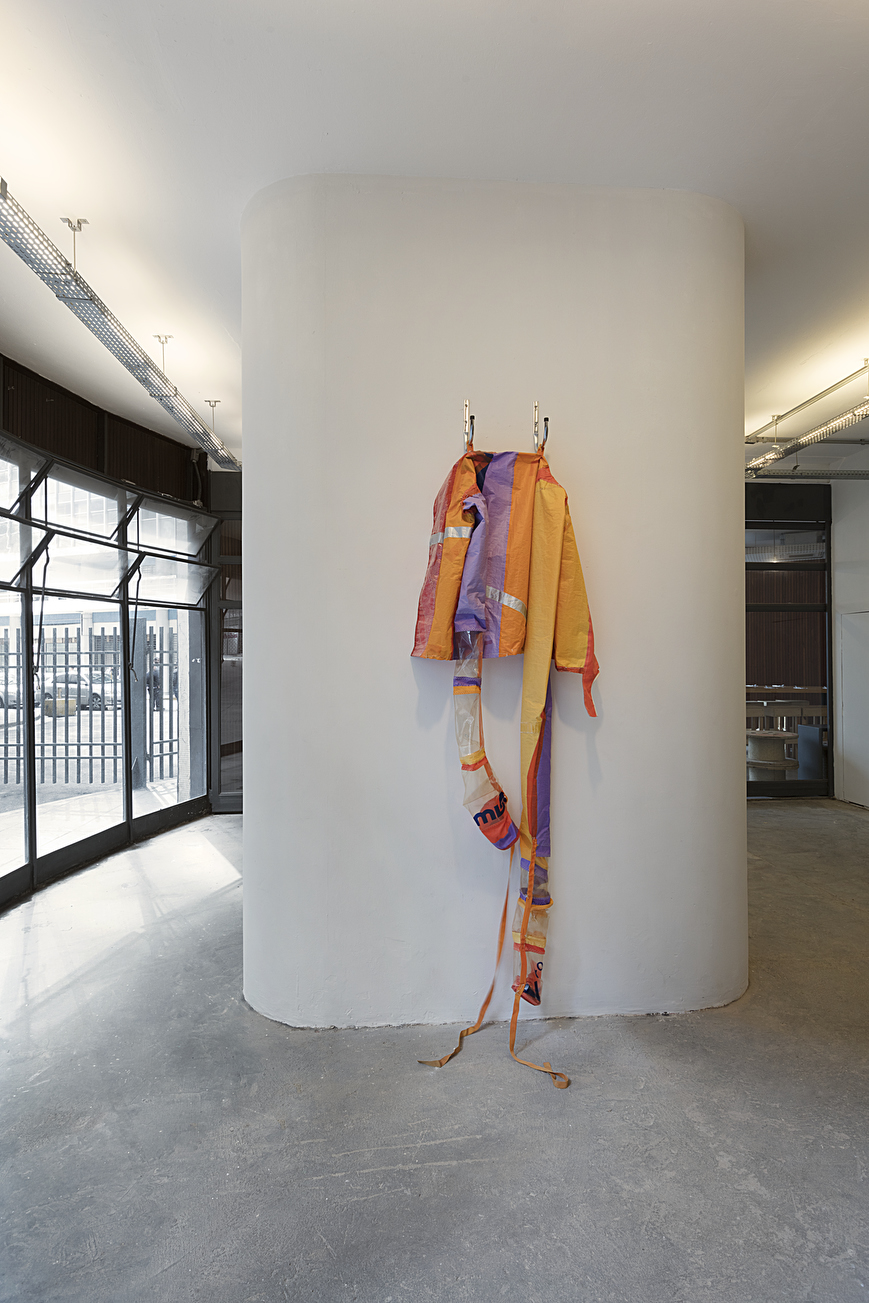
In April, Pivô presents a solo exhibition by the artist Alexandre da Cunha as part of its Annual Exhibition Program. The program aims to present an overview of the recent contemporary production enabling new projects of mid-career national and international artists. The show will comprise new-commissions along with a selection of previous works. The artist will work at the exhibition space for two months.
Alexandre da Cunha’s production is essentially sculptural. The artist rarely builds an object from scratch, his practice begins with a careful selection of found objects and precast shapes, which later on are rearranged and presented again as ‘spatial collages’. Both his large public works and small-scale sculptures highlight the physical features and the narrative potential of items that could easily go undetected.
The shapes, colors and textures of brooms, cleaning mops, clothes, and precast structures of civil construction are the trigger for free associations and unexpected translations done by the artist. Alexandre alters the meaning and functionality of these well-known images through sophisticated poetic operations and fine irony, not paying attention to any kind of categorization or hierarchy that might be associated to the objects that he carefully selects as his raw-material.
The artist’s stubborn involvement with the poetic potential of the mundane is similar to the child who receives a gift and pays attention only to the packaging: their unstrained gaze focus on the shapes that naturally intrigues them -the toy and the box are no different. Da Cunha offers ‘new lenses’ to the spectator, by inviting the viewers to reassess their relationship with the world’s materiality.
The displacement of the found object to the institutional context has been assimilated by contemporary practice for so long that nowadays the prefabricated is almost equal to bronze or to terracotta in contemporary sculpture’s production. Taking this statement in consideration, it wouldn’t be too much to say that Alexandre da Cunha is a virtuoso in this technique.
About the artist
Alexandre da Cunha was born in 1969 in Rio de Janeiro. He lives and works in London. Main exhibitions includes: “Mornings”, Office Barroque, Bruxelas, Bélgica (2017); Free Fall, “Thomas Dane Gallery”, Londres, Inglaterra (2016); “Plaza Project”, MCA – Museum of Contemporary Art, Chicago, EUA (2015/2016); “Por aqui tudo é novo”, CACI Centro de Arte Contemporânea Inhotim, Brumadinho, Brasil (2016); Soft Power, ICA Boston, Boston, EUA(2016); “Alexandre da Cunha, Le Grand Café” – Centre d’art contemporain, Saint Nazaire, França (2012); 30a Bienal de São Paulo, The Imminence of Poetics, São Paulo, Brasil (2012); CCSP – Centro Cultural São Paulo, São Paulo, Brasil (2011); Museu de Arte da Pampulha, Belo Horizonte, Brasil (2005); 50a Bienal de Veneza, The Structure of Survival, Veneza, Itália (2005); Bienal de Liverpool, Liverpool, Inglaterra (2002); 13o Videobrasil, SESC SP, São Paulo, Brasil (2001)

 Português
Português